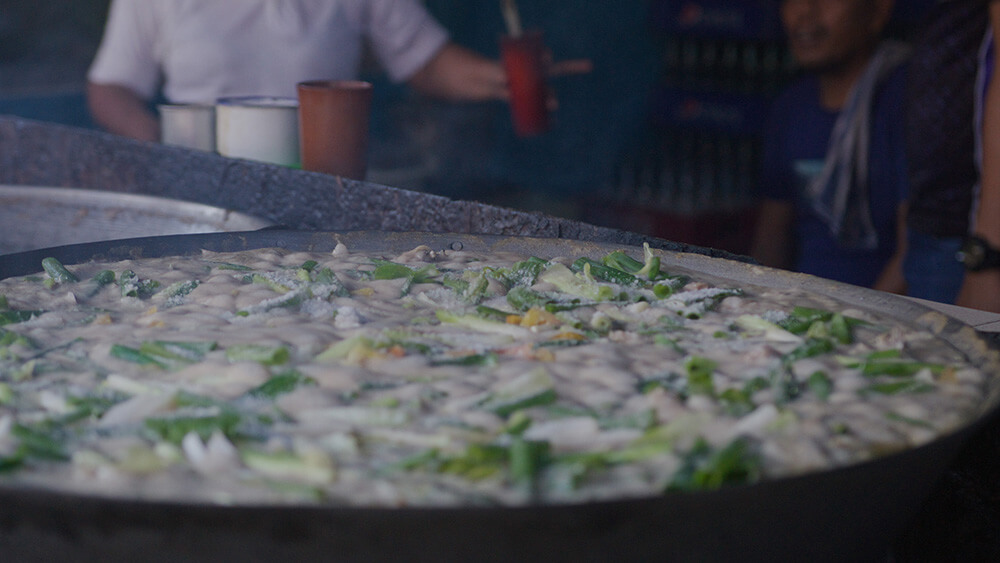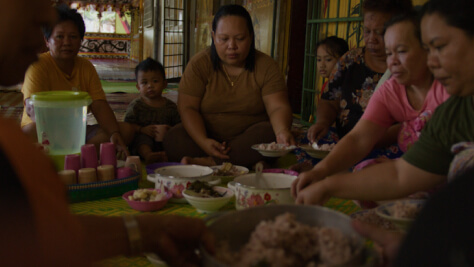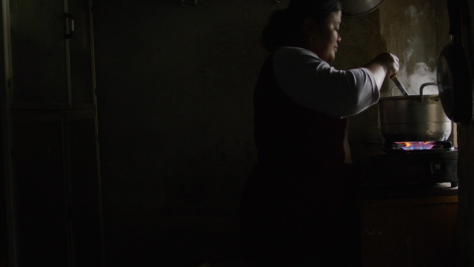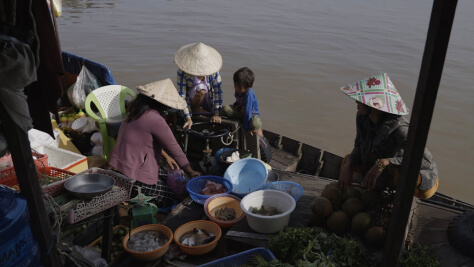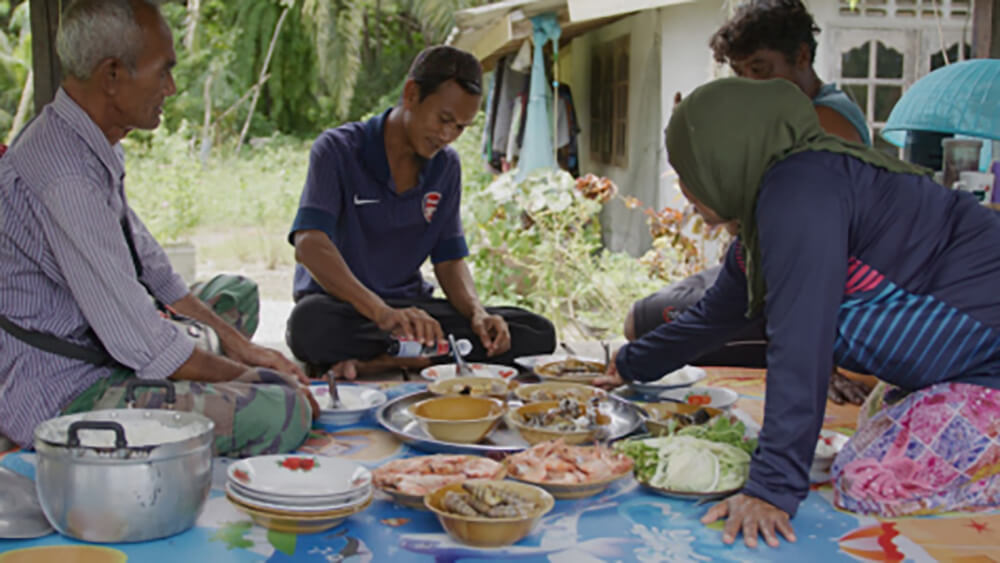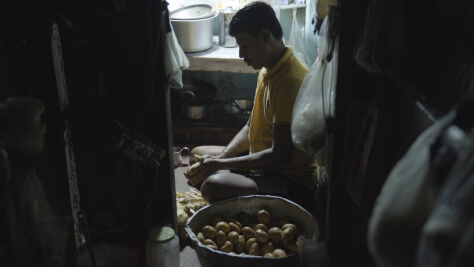About Slumfood Millionaire
Embark on a mouth-watering journey through the slums of Asia where talented amateur home chefs cook with a lot of heart to produce the most appetising dishes for cheap.
In this second season, we’re in Cebu, Sarawak, Yogyakarta, Krabi, An Giang and West Bengal for some soul food!
Watch Series
S2E1: Pasil, Cebu
In Pasil Cebu, the slum that never sleeps, these food vendors are cooking up filling meals for cheap, turning offal and offcuts into belly-warming dips and soups, and grilling up seafood for free.

S1E1: Tondo, Manila
Tondo is Manila's biggest slum and some residents survive on just US$400 a year. Food vendors like Loida and Rado have come up with clever ways to make food that even the underprivileged can afford. These innovative cooks create crunchy and spicy chicken from leftovers, flavourful soup using unwanted pig intestines and affordable fried pork belly treats.

S1E2: Gaya Island, Kota Kinabalu
The residents of Kampung Kesuapan on Gaya Island come from generations of sea gypsies from Southern Philippines, known as the Bajau. Home cooks Zaiton and Jalinah show us their traditional cuisine - creamy pufferfish stew, umami sea urchin rice and tender tapioca cakes. These are the bastions of proud migrant cuisine going strong in a water village that is shunned by the Kota Kinabalu mainland.

S1E3: Klong Toey, Bangkok
Klong Toey is Bangkok's most notorious slum, known for its high crime and drug abuse. But its residents reveal a different side of the slum - a place full of mouthwatering food on a budget. The street food vendors showcase their delicacies, from tangy raw 'dancing' shrimp, perfectly-grilled kidney and juicy pork, to spicy and bitter meat salad.

S1E4: Borei Keila, Phnom Penh
Borei Keila is Phnom Penh's infamous neighbourhood but residents and food sellers Thavy and Pen Rim cannot imagine living and working anywhere else. The popular dishes at their humble food stalls use wartime ingredients to create economical food. Perfectly-grilled spicy frogs, stuffed frogs with pork, and fermented fish dishes have become beloved dishes of Borei Keila, a haven for the poor.

S1E5: Kamal Muara, Jakarta
Migrants from Indonesia's Bugis tribes have settled down in Kamal Muara, a fishing village in North Jakarta, for generations. They retain their culinary traditions, continuing to cook dishes unknown to many. Sardine ceviche, sago balls and chicken feet. The home cooks of this fishing village share their favourite dishes inspired by hometown Bugis and Javanese tastes.
Extras
New episodes will be available here from 9 Jan 2023
Recipe Book
The passion and resilience of the talented cooks from slums in Asia prove that good food need not be expensive. Here are some recipes featured in the series that you can try at home:
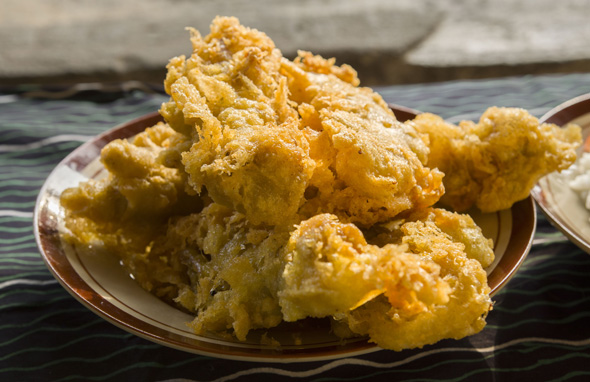
Crispy Fried Chicken Feet
Kampong Kali, Yogyakarta, Indonesia
Ingredients:
Onion
Garlic
Candlenut
Lime leaves
Lemongrass
Bay leaves
Galangal
Turmeric
Coriander
Salt
For the frying batter:
Egg
Tapioca starch
Steps:
- Trim off the nails on chicken feet
- Simmer chicken feet in water and all aromatics for about 20 minutes
- Remove chicken feet from broth and save broth to make the batter
- To make the frying batter, mix egg in broth and add tapioca starch
- Dip chicken feet in batter and fry it in hot oil until crispy
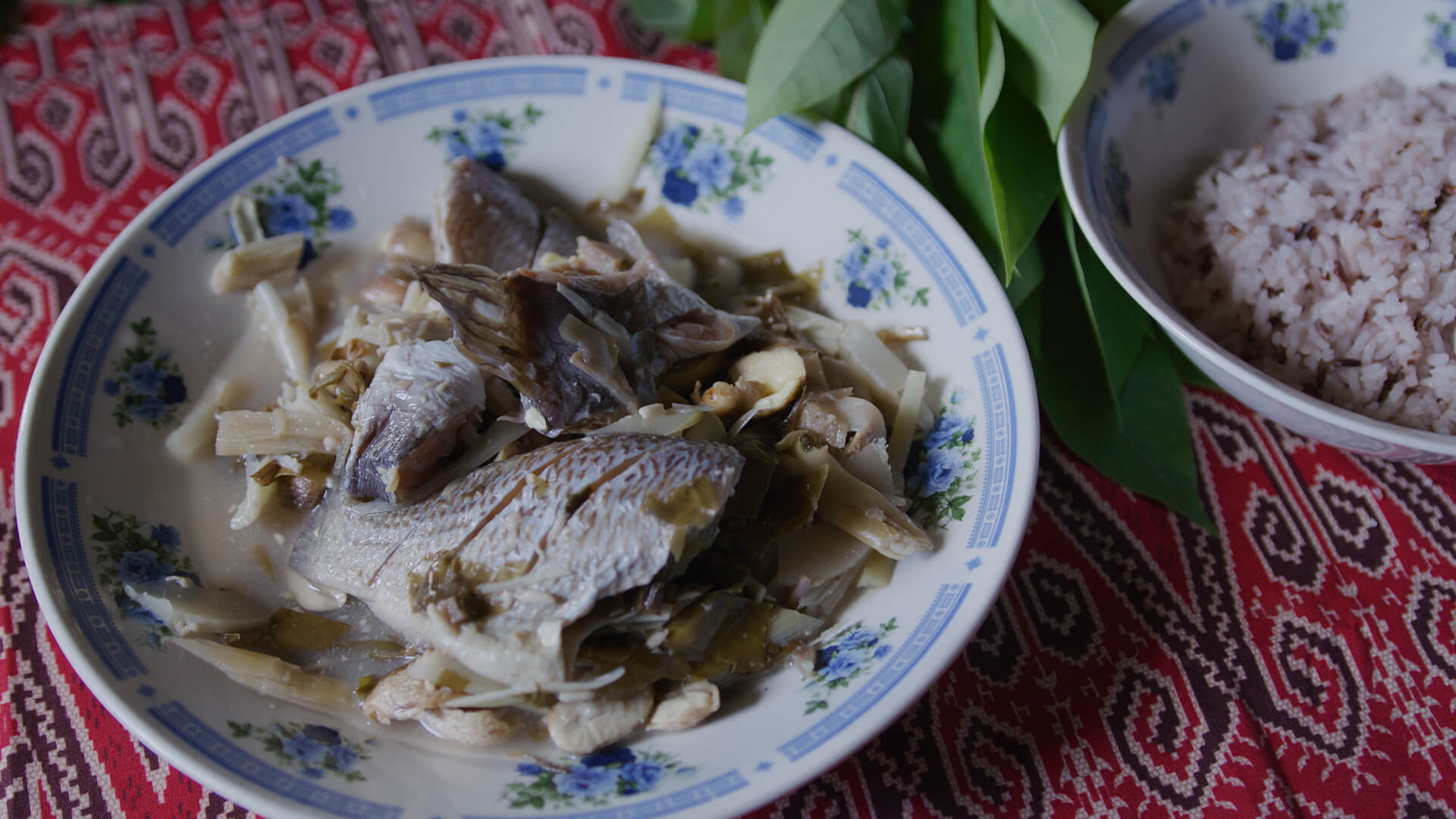
Fish Fermented With Rice
Iban Village, Sarawak, Malaysia
Ingredients:
River fish
Salt
Sugar
Cooked white rice
Bamboo shoots
Rubber seeds
Garlic
Shallots
Vegetables
Ferment the fish
- Clean and gut the fish
- In a bowl, add in generous amount of salt, some sugar, rice, bamboo shoots and rubber seeds to the fish
- Mix well, transfer to a steralised container with lid
- Ferment for at least 3 days or up to a week(Fermentation process should be monitored closely in case of contamination.)
Fry the fermented fish
- Heat up generous amount of cooking oil
- Fry garlic and shallots till golden brown
- Add in the fermented fish to fry
- Add the fermented vegetables and juice
- Simmer for 5-10 mins until fish is crispy and juices have reduced










